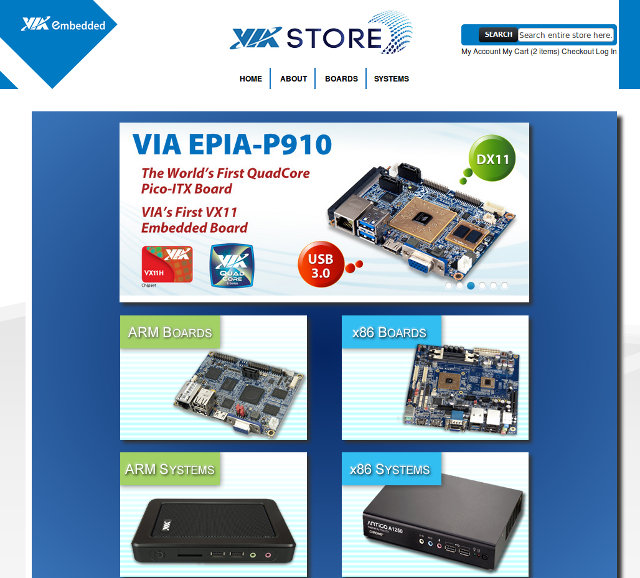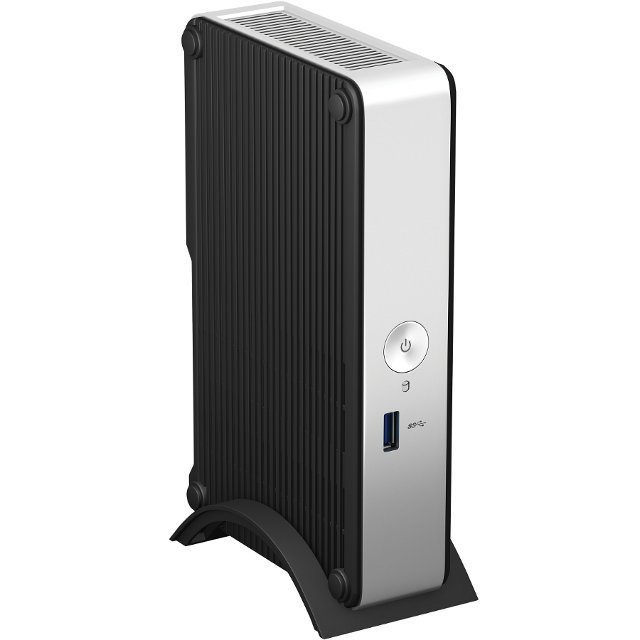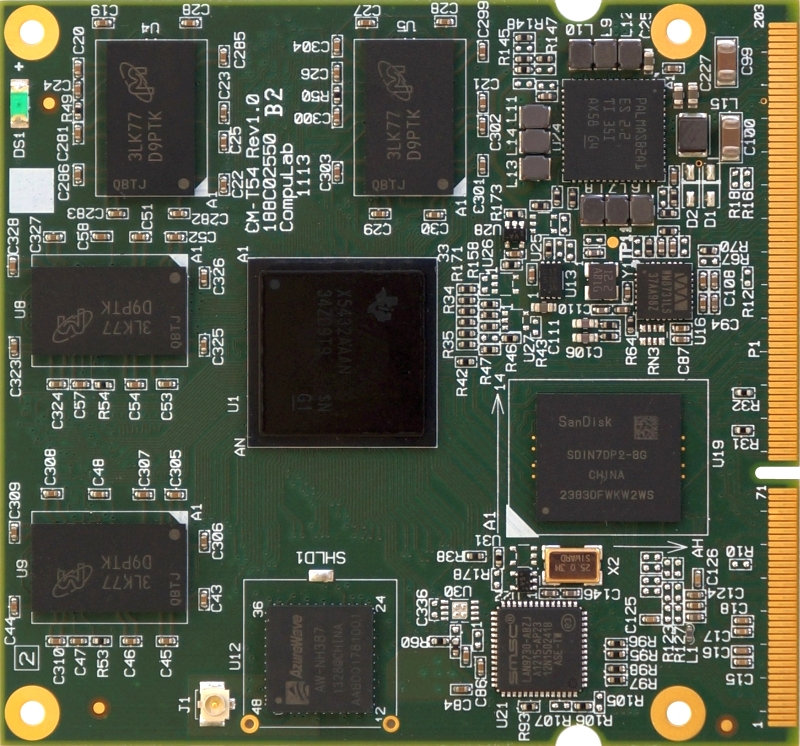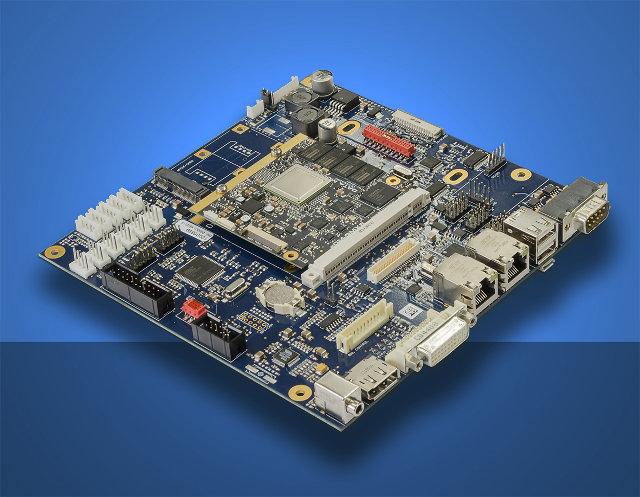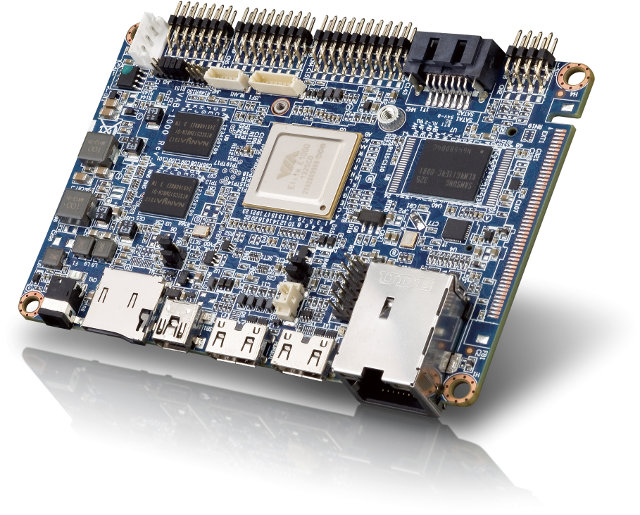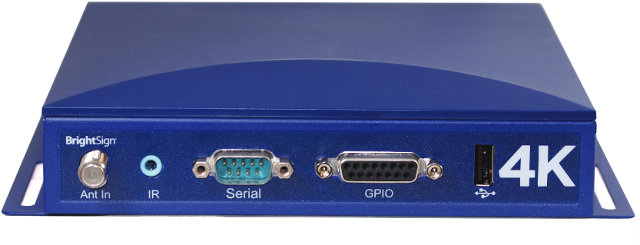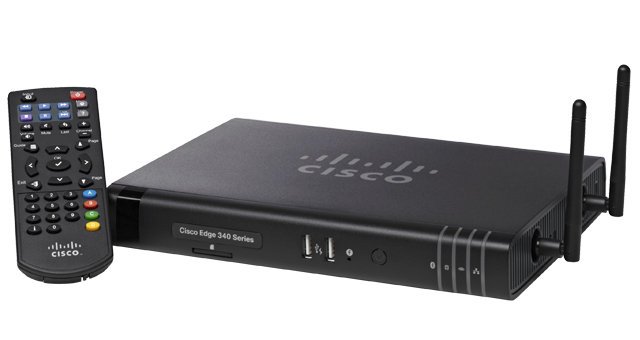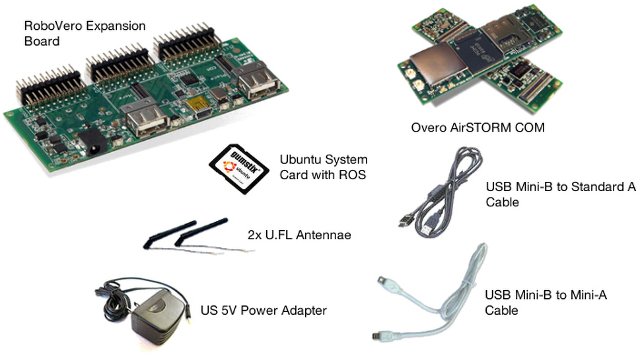Most of the time for boards and systems targeting industrial or embedded applications, companies will not provide pricing information, and if you want a sample for evaluation, or want to order a few for a project requiring limited quantities, you’ll need to contact sales, talk about your project, volume, schedule, etc… But for VIA Embedded boards and systems, you won’t need to go through this loop anymore, as the company has just launched VIA Embedded Store where you can buy boards such as VAB-820 pico-ITX board or a rugged system such as AMOS-820 directly online without questions asked. I’ve gone through most of the checkout procedure and you can proceed as a guest or by registering, and they’ll just ask billing and shipping information, shipping method, and payment method selection (Only Paypal at this time). It’s a simple as that, no need to fill some “I’m not a terrorist” forms […]
Intel Announces its First “Bay Trail” Fanless NUC Kit
Intel already announced a Bay Trail NUC selling for $140 earlier this year, but despite the low power dissipation (7.5W TDP) of the Intel N2820 processor, it requires a fan for cooling. The company has now unveiled its first fanless mini PC with Intel NUC Kit DE3815TYKHE powered by Intel Atom E3815 Bay Trail-I processor with 5W TDP. This NUC is destined for industrial and enterprise solutions such as digital signage, point-of-sales, kiosks, and thin clients. Here are the specs of this tiny x86 computer: SoC – Intel Atom E3815 single core processor @ 1.46GHz single core with 512KB cache and 5W TDP, coupled with Intel HD Graphics up to 400 MHz. System Memory – Up 8 GB 1.35V, 1333/1600 MHz (down clocked to 1066 MHz) DDR3L SO-DIMM Storage – 4-GB eMMC, support for one internal 2.5″ SATA HDD or SDD (up to 9.5mm thick) Video Output: 1x HDMI 1.4a 1x […]
Compulab CM-T54 Computer-on-Module Powered by Texas Instruments OMAP5432
CompuLab has introduced CM-T54 Computer-on-Module (CoM) powered by Texas Instruments OMAP5432 SoC with dual ARM Cortex-A15 CPU @ 1.5GHz coupled with Imagination Technologies PowerVR SGX544 GPU. The module also features up to up to 4GB DDR3, up-to 64GB eMMC, and provides Ethernet, SATA, USB 3.0 interfaces among others. Target applications include digital signage, industrial media players and IPTV. CM-T54 specifications: SoC – Texas Instruments OMAP5432 dual Cortex-A15 @ 1.5GHz with PowerVR SGX544 GPU, 2x Cortex M4 cores, IVA-HD video subsystem and TMS320DM64 32-bit DSP core System Memory – 512MB – 4GB DDR3-1066, single / dual-channel 32-bit data bus Storage – Up to 64GB eMMC flash, SATA II interface, 3.0 Gbps, Up to 3x MMC/SD/SDIO (3V levels) up to 32GB each. Display Parallel 24-bit display. Up to 1920×1080 @ 60Hz HDMI 1.4. Up to 1920×1080 @ 60Hz MIPI/DSI (4x lanes) @ 1Gbps Optional LVDS. Up to 1920×1080 @ 60Hz Support for […]
DATA MODUL mini-ITX Board Supports Freescale i.MX6 & Intel Bay Trail-I QSeven Modules
DATA MODUL, a specialist supplier of display technology, has recently unveiled eDM-mITX-CB-Q7-Info, a mini-ITX Baseboard for ARM & x86 Qseven modules optimized to drive large panels for digital signage applications. In theory, the board should support any Qseven modules, but for now only Data Modul’s Freescale i.MX6, and Congatec conga-QA3 Intel Atom E3800 series modules have been optimized and officially certified to work with the motherboard. Precisely, the board is optimized and certified for the following modules: DATA MODUL ARM Qseven SoMs: eDM-QMX6 (i.MX6Quad) eDM-DMX6 (i.MX6Dual) eDM-DLMX6 (i.MX6Dual lite) Congatec x86 Qseven SoMs: Conga-QA3 with Atom E3845 (Quad core) Conga-QA3 with Atom E382x (Dual core). Three models: Atom E3827, E3826 or E3825. Conga-QA3 with Atom E3815 (Single core) You may have heard about EDM, a competing module standard, previously, but the eDM prefix in the ARM modules or the mini-ITX board names has nothing to do with this standard, as […]
VIA VAB-1000 Pico-ITX Board Features VIA Elite E1000 Dual Cortex A9 SoC, Targets Embedded Android and Linux
Via has introduced VAB-1000 Pico-ITX board at Embedded World 2014. This new embedded board features VIA Elite E1000 dual Cortex A9 SoC together with 2GB DDR3 SDRAM, 4GB eMMC Flash memory, and numerous I/Os. The board targets interactive kiosk, digital signage and HMI (Human Machine Interface) applications running Android or Linux. VIA VAB-1000 Specifications: SoC – VIA Elite E1000 dual core Cortex A9 SoC with unnamed 2D/3D GPU with Unified Shader Architecture featuring 64 stream processors System Memory – 2GB DRR3 Storage – 4GB eMMC + microSD slot Back panel I/O 2x HDMI connectors for HDMI-in and HDMI-out 2x mini-USB 2.0 port 1x MicroSD slot 1x Gigabit Ethernet port 1x DC-in Jack. Front panel I/O 1x pin header for two additional USB ports 1x pin header for SPI and 8-pin GPIO 1x pin header for three I2C and two COM ports 1x pin-header for front audio (Line-in/Line-Out/Mic-In). Internal I/O 1x […]
BrightSign 4K Digital Signage Player Delivers 4K 10-bit HEVC Video Playback at 60 fps via HDMI 2.0
When you buy a media player advertized as supporting 4K (aka 2160p, 4K2K, or UHD), you have to read the fine print to find out what you really get. First on the market were media players capable of decoding 4K videos put outputting to 1080p60 maximum such as Mele M9, then we’ve been shown some media players such as Geniatech ATV1800, decoding 4K video using 2160p resolution (3840×2160) as expected, but with a framerate limited to 24 fps or 30 fps due to limitation of HDMI 1.4. However, if you want to experience 4K video with the maximum framerate (60 fps) or “True 4K”, you’ll need a player and a TV support HDMI 2.0 standard. There are not many players currently supporting 4K @ 60fps, but BrightSign 4K digital signage media player is one of them, and it also happens to support HEVC/H.265 video codec. The company did not disclose […]
Cisco Edge 340 Digital Media Player Targets Digital Signage & Business Applications
Most of the time I feature low cost (Chinese) media players in this blog, but today I’ve had a look at a media player at the other side of the market that targets business users with applications such as webcasting and video sharing, digital signage, and business IPTV. Cisco Edge 340 digital media player (DMP) comes in two flavors “Wireless” and “non-wireless”, and boast features such as PoE or RS-232 which are not often found in consumer devices. Cisco Edge 340 Specifications: SoC – Dual 1.60 GHz processor with integrated GPU @ 400MHz, most probably Intel Atom Z2560. It turns out it could be Intel Atom CE5335 instead. System Memory – 2GB DDR3 @ 800 MHz Storage – 32GB SSD (70MB/s write speed) and SD card slot Connectivity – 1x Ethernet 10/100/1000-Gbps port with PoE and PoE+ support. Wireless version only: Dual band Wi-Fi 802.11 b/g/n + Bluetooth 4.0 Video […]
Gumstix Announces Solution Kits for their CPU Modules and Boards
Gumstix has recently unveiled several solution kits featuring their Overo and DuoVero Computer-on-Modules (CoMs), Pepper single board computer, and several expansions boards, together with required accessories, and software packages, in order to help their customers getting started more easily. All these solutions are based on Texas Instruments OMAP3, OMAP4, and/or Sitara processors, and run Linux (Ubuntu or Yocto), and sometimes Android for the kits with displays. The solutions kits target 6 different types of applications and/or markets: Robotics Robotic Development Kit (Pictured above) with one Overo AirSTORM CoM (OMAP3703), and RoboVero expansion board. The kit is better suited for motor control applications. Mobile Robotic Development Kit with one Overo AirSTORM CoM, and Turtlecore expansion board to be used with iRobot Create. The kits ship with a Linaro (Ubuntu for Overo) system card and Robot Operating System (ROS) pre-installed. Handhelds 3.5″ Handheld Development Kit featuring Overo AirSTORM CoM with Alto35 cutomizable […]


